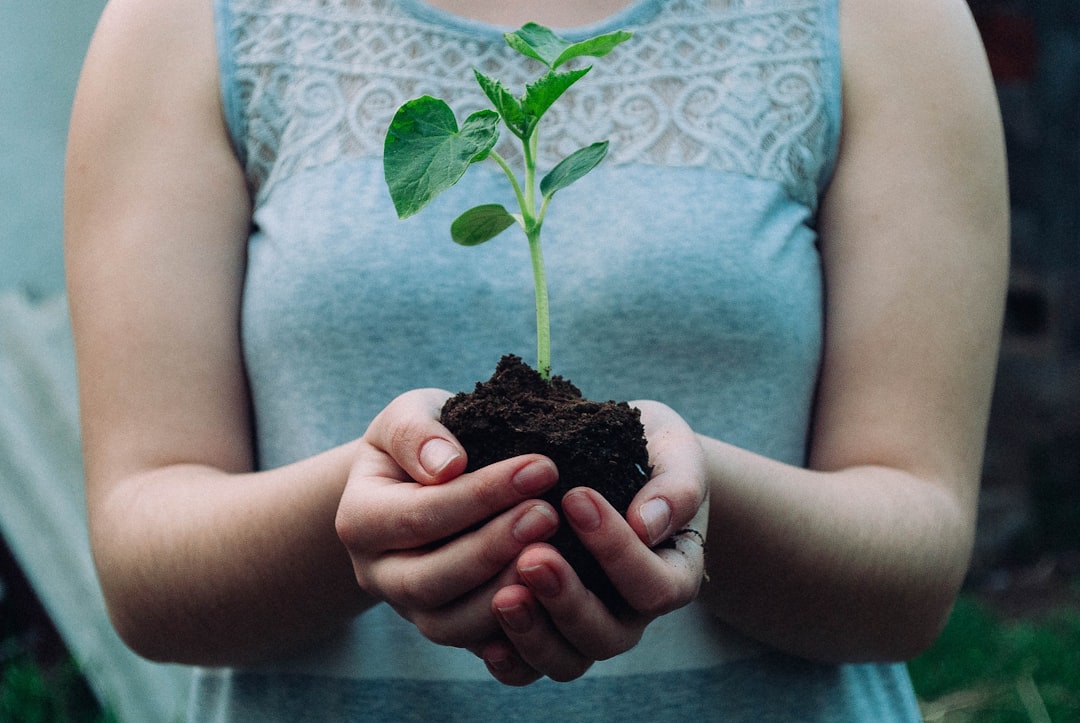Explaining the chemical reactions behind the green magic
When you look at a lush green tree, a patch of grass, or even a potted plant by the window, you're witnessing one of the most vital processes on Earth: photosynthesis. This natural phenomenon not only feeds plants—it feeds nearly all life on our planet. It fuels ecosystems, shapes our atmosphere, and even forms the foundation of the food chain.
In this post, we’ll explore what photosynthesis is, how it works at a chemical level, and why it’s so crucial to life on Earth.
🌞 What Is Photosynthesis?
Photosynthesis is the process by which green plants, algae, and some bacteria convert light energy—usually from the sun—into chemical energy stored in glucose (a type of sugar).
This process takes place primarily in the chloroplasts of plant cells, which contain a green pigment called chlorophyll. Chlorophyll captures sunlight, initiating a series of reactions that transform carbon dioxide and water into glucose and oxygen.
🔬 The Photosynthesis Equation
At its core, photosynthesis can be summarized by this chemical equation:
6CO2+6H2O+light energy→C6H12O6+6O26CO_2 + 6H_2O + \text{light energy} \rightarrow C_6H_{12}O_6 + 6O_2
In words:
Carbon dioxide + Water + Sunlight → Glucose + Oxygen
This equation represents a beautiful transformation:
-
Carbon dioxide from the air,
-
Water from the soil,
-
And sunlight from above
…are turned into food for the plant and oxygen for the rest of us.
🧪 The Two Stages of Photosynthesis
Photosynthesis happens in two main stages:
1. Light-Dependent Reactions (Occurs in the thylakoid membranes)
-
Inputs: Light energy, water (H₂O)
-
Outputs: Oxygen (O₂), ATP, and NADPH (energy-rich molecules)
What happens:
-
Chlorophyll absorbs sunlight and excites electrons.
-
These electrons move through an electron transport chain, generating ATP.
-
Water molecules are split (a process called photolysis), releasing oxygen as a byproduct.
-
Electrons and hydrogen ions from water are used to produce NADPH.
🌟 Result: Energy from sunlight is captured and stored in ATP and NADPH.
2. Light-Independent Reactions (Calvin Cycle, occurs in the stroma)
-
Inputs: Carbon dioxide (CO₂), ATP, and NADPH
-
Outputs: Glucose (C₆H₁₂O₆)
What happens:
-
CO₂ from the atmosphere enters the Calvin Cycle.
-
Using ATP and NADPH from the light-dependent reactions, carbon molecules are rearranged and combined to form glucose.
🌟 Result: The plant produces glucose, a stable energy source it can use or store.
🌍 Why Is Photosynthesis So Important?
Photosynthesis is more than just plant food production—it's the lifeblood of Earth’s ecosystems.
✅ Provides Oxygen
Every breath we take owes itself to the oxygen released during photosynthesis.
✅ Forms the Base of the Food Chain
Plants produce glucose, which feeds herbivores, which in turn feed carnivores. Without photosynthesis, there’s no food web.
✅ Regulates Atmospheric CO₂
Plants absorb carbon dioxide, helping moderate the Earth's climate and reduce the impact of greenhouse gases.
✅ Stores Solar Energy
Through photosynthesis, solar energy is stored in plants. This energy is passed through the food chain or can even become fossil fuels over millions of years.
🍃 Fun Fact
Did you know? The Amazon Rainforest—often called the "lungs of the planet"—produces about 20% of the world's oxygen through photosynthesis.
🌱 Final Thoughts
Photosynthesis is a silent, invisible miracle happening all around us—on leaves, in algae, even in pond scum. This elegant chemical dance not only fuels plant life but also sustains all animals, humans included. It’s the perfect example of nature’s balance, turning light into life.
Next time you see a green leaf basking in the sun, remember: it’s not just soaking up rays. It’s hard at work sustaining life on Earth.
Curious about how plants adapt their photosynthesis in different environments or how scientists are using artificial photosynthesis to create clean energy? Let us know in the comments! 🌞🌿

Comments
No comments yet. Be the first to comment!
You must be logged in to comment. Login